Dollars and Sense: The Case for Financing Equipment in Business
Dollars and Sense: The Case for Financing Equipment in Business
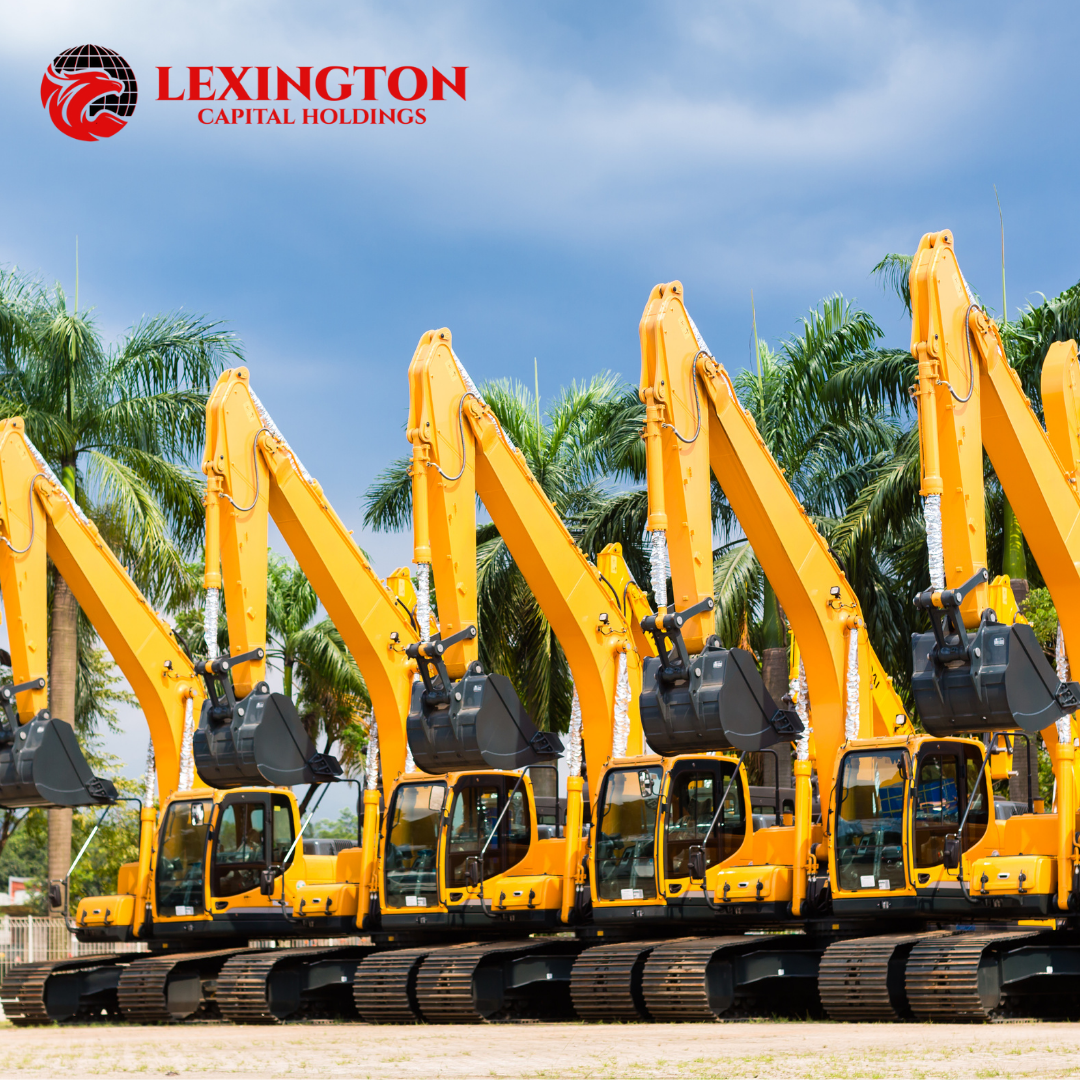
In the ever-evolving landscape of business, the decision to acquire equipment is a critical one. Many entrepreneurs and business owners face the dilemma of whether to rent or finance their equipment. While renting may seem like a convenient and cost-effective option initially, a closer look reveals that financing equipment can often be a more financially prudent choice in the long run. This article delves into the various reasons why financing equipment can end up saving you money compared to renting.
Long-Term Cost Analysis
One of the primary considerations when weighing the decision between renting and financing is the long-term cost analysis. While renting may appear cheaper in the short term, the cumulative costs over an extended period can far exceed the initial purchase price. Financing allows you to spread the cost of the equipment over time, often resulting in lower monthly payments and a more manageable financial burden.
Ownership and Equity
Financing provides the opportunity to own the equipment outright once the payment term is complete. This not only gives your business a tangible asset but also builds equity. In contrast, renting offers no ownership benefits, and the continuous rental payments only serve to maintain usage rights. Owning the equipment can also open up possibilities for resale or trade-in, providing a potential source of revenue or cost offset in the future.
Tailored Financing Options
Financing offers flexibility in terms of payment structures, allowing businesses to choose a plan that aligns with their cash flow and financial goals. Whether it's a fixed-rate loan, a lease, or other financing options, businesses can tailor the terms to suit their specific needs. This flexibility can be especially advantageous for businesses with fluctuating cash flows or those seeking to optimize their financial resources.
Tax Advantages
Financing equipment often comes with tax benefits that can significantly contribute to cost savings. In many regions, businesses can deduct the interest paid on equipment loans, reducing their overall tax liability. Additionally, depreciation allowances for owned equipment can further enhance tax advantages, providing businesses with substantial savings over time.
Customization and Upgrades
Owning equipment through financing grants the freedom to customize and upgrade as needed. Renting, on the other hand, may limit customization options, and upgrading could involve additional fees or challenges. The ability to adapt equipment to changing business needs can enhance efficiency and productivity, ultimately contributing to long-term cost savings.
Stability and Predictability
A financed equipment purchase offers stability and predictability in budgeting. With fixed monthly payments, businesses can better forecast their financial obligations, making it easier to manage cash flow and allocate resources efficiently. Renting, with its variable costs and potential for unexpected fees, may introduce uncertainty into financial planning.
Conclusion
While the allure of immediate cost savings may make renting equipment seem like an attractive option, a comprehensive analysis reveals that financing equipment can be a smarter long-term investment. From ownership benefits and tax advantages to customization options and financial stability, the advantages of financing extend well beyond the initial acquisition. When making the decision between renting and financing, businesses should consider their long-term goals and financial strategies to ensure that they make a choice that not only meets their immediate needs but also sets the stage for sustained success.

When you apply for business funding, your application goes through a critical stage—underwriting. This is where lenders evaluate risk and determine whether your business qualifies for financing, and under what terms. Understanding what underwriters look for can help you strengthen your application, avoid delays, and increase your approval odds.

Not every business enjoys a steady stream of income. For many companies—especially those in seasonal industries, contracting, or project-based work—revenue can shift dramatically from month to month. These ups and downs are normal, but they can make managing cash flow, payroll, and operating expenses challenging. At Lexington Capital Holdings, we understand that fluctuating revenue doesn’t mean instability—it just means you need the right financial tools to stay balanced and grow confidently.

The Challenge of Hyper-Growth For many startups, growth isn’t the problem—it’s managing it. Rapid scaling demands capital for hiring, marketing, technology, and operations. But too often, founders find themselves cash-strapped right when they need resources the most. Choosing the right financing strategy can be the difference between sustainable growth and burning out too soon.

When it comes to business financing, the terms you secure are just as important as the funding itself. Lower interest rates, flexible repayment schedules, and higher approval amounts can mean the difference between simply surviving and setting your business up to thrive. The good news? Business owners often have more negotiating power than they realize. At Lexington Capital Holdings, we’ve seen firsthand how preparation and strategy can help secure stronger terms. Here’s how you can do the same:
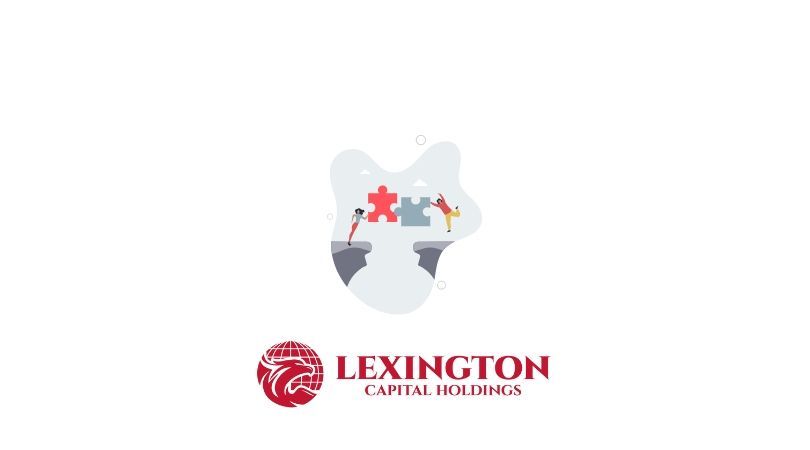
For many businesses, waiting on customer payments can feel like standing still when you’re ready to move forward. Delayed invoices, extended payment terms, or slow collections create cash flow gaps that make it harder to cover expenses, pay employees, or seize new opportunities. The truth is—even successful, profitable companies face this challenge. The key isn’t avoiding it, but managing it strategically with the right funding solutions

Securing business funding is a milestone—but the real impact comes from how you put that capital to work. Every dollar borrowed should fuel momentum, strengthen operations, and generate measurable returns. Unfortunately, too many businesses stop at “getting approved” and miss the chance to maximize their return on investment (ROI). At Lexington Capital Holdings, we believe funding isn’t just about access to capital—it’s about creating opportunity. Here’s how to ensure your financing delivers the highest ROI:

In today’s fast-paced business environment, standing out from the competition requires more than just great products and services—it takes strategy, timing, and smart financial decisions. One of the most overlooked tools in building and maintaining a competitive advantage is business financing. When leveraged correctly, financing doesn’t just help you “get by”; it can actually position your business to outpace competitors and capture new opportunities.
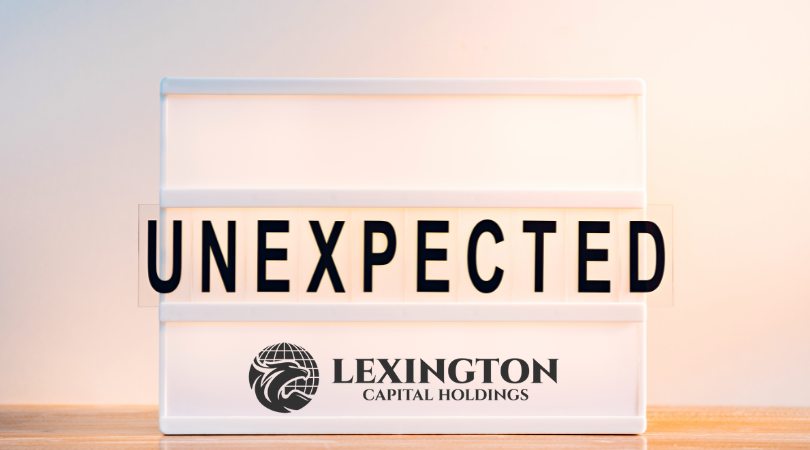
In business, surprises aren’t a matter of if—they’re a matter of when. Whether it’s a sudden equipment breakdown, an unexpected dip in sales, or a market shift that requires quick adaptation, unforeseen expenses can test even the most successful companies. The difference between thriving and struggling often comes down to how well you’ve prepared.

When most business owners hear the word debt, it sparks feelings of stress or risk. But here’s the truth—debt isn’t always a bad thing. In fact, when managed strategically, debt can become one of the most powerful tools to grow, stabilize, and scale your business. At Lexington Capital Holdings, we work with business owners every day who are navigating this very question: Is taking on debt the right move for me? Let’s break down the difference between “good” and “bad” debt so you can make informed financial decisions.
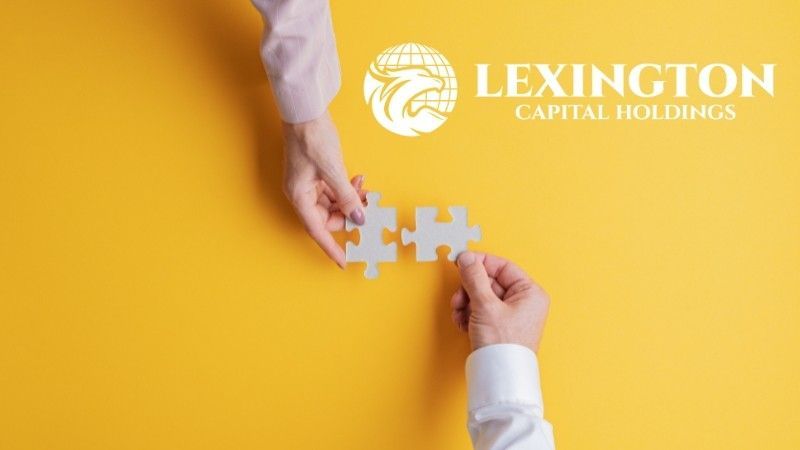
In today’s business world, financing options are everywhere—but choosing the right path can feel overwhelming. From traditional bank loans to alternative lending solutions, the fine print and fast-changing requirements often leave business owners spending more time deciphering funding terms than actually running their businesses. That’s where the value of a dedicated funding advisor truly shines. At Lexington Capital Holdings, we’ve seen firsthand how personalized guidance can transform the funding experience for business owners of all sizes.

